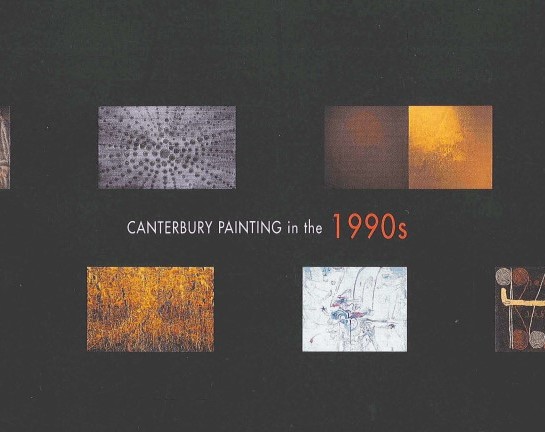Margaret Hudson-Ware
Aotearoa New Zealand, b.1938, d.2017
Let me see the paralysed man walk
- 1991
- Oil on canvas
- Purchased, 1992
- 1980 x 970mm
- 92/24:a-c
Tags: animals, infants, ladders, mothers, people (agents), pigs
Margaret Hudson-Ware described the canvas she painted on as “a plane on which the essences of life are poured and fixed”. She found the subjects for her works in a variety of places, drawing on everything from classical mythology and biblical stories to contemporary newspaper reports and fragments of overheard conversations. Always, she was motivated by an intense fascination with the human condition.
This painting began with a parable from the Gospels, in which Jesus preached in the town of Capernaum. Several men brought a paralysed man to him, but they were unable to pass through the large crowd. Eventually, they lowered the man through the roof and Jesus, seeing their faith, forgave the man his sins and healed him. Hudson-Ware saw this work as depicting “the timeless issue of human experience and all human interaction, with the forces of good and evil vying for possession and power”. As is typical in her practice, the composition is crowded with figures. Some relate to Jesus, such as Mary Magdalene, transformed by grief, shown at the left edge, while others represent contemporary archetypes: bullies, war-mongers and oppressed innocents. Hudson-Ware placed her “artistic guide”, German expressionist painter Max Beckmann, in a suit at the right and also included a portrait of herself as the central figure climbing the ladder: “clumsy, naïve, trying to live”.
(September 2017, written when this work was exhibited to mark the artist's death.)



